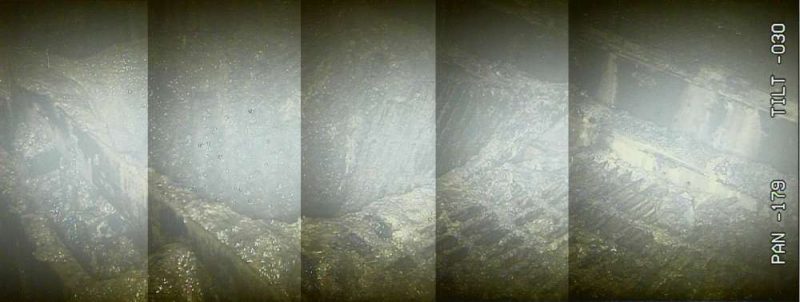- Joined
- Jun 24, 2008
- Messages
- 45,526
- Location
- London
- Car
- 2022 Hyundai IONIQ 5 RWD / 2016 Suzuki Vitara AWD
Follow along with the video below to see how to install our site as a web app on your home screen.
Note: This feature may not be available in some browsers.

 In retrospect building Nuclear Reactors anywhere on the Pacific rim of fire seems a bad idea! :fail It has to be acknowledged that France's development of Nuclear Power was intimately tied up with General De Gaulle's plan to build up France's Force de Frappe nuclear capability. Britain on the other hand had Sellafield!
In retrospect building Nuclear Reactors anywhere on the Pacific rim of fire seems a bad idea! :fail It has to be acknowledged that France's development of Nuclear Power was intimately tied up with General De Gaulle's plan to build up France's Force de Frappe nuclear capability. Britain on the other hand had Sellafield! Have you heard about Fukushima recently? they have found a room reading: 530 Sieverts an hour (00.1 Sievert is an Xray machine). Basically you would be dead in 20 seconds in that room.

To be accurate a Chest radiograph exposure with modern equipment is around 0.1mSv, it is not the machine that determines the dose ,rather the examination type.
A dose of 0.1mSv is equivalent to about two weeks normal background radiation exposure depending where you live.
So how much is a full-body PET scan....?
(Times 14, from memory)
It's about 35 minutes inside the machine.
So how much is a full-body PET scan....?
(Times 14, from memory)
It's about 35 minutes inside the machine.
It was wrecked by a tidal wave caused by movements of the Earth's tectonic plates many miles away . It was allegely built to withstand local earthquakes.
Arguably any coastal area is at risk from inundation up to a given level due to tectonics or smaller land or undersea slides.Reactors anywhere on the Pacific rim of fire seems a bad idea!
I think you'll find that Chapelcross and the other Magnox reactors sort of had dual purpose!It has to be acknowledged that France's development of Nuclear Power was intimately tied up with General De Gaulle's plan to build up France's Force de Frappe nuclear capability. Britain on the other hand had Sellafield!
.....people happily fly abroad many times but question a small medical exposure!...
I wouldn't worry about medical exposure if I knew it was small... problem is, I have no idea if it's small or big.
2006 REPORTUK vs US annual radiation exposure - I wonder what that's about?

driven by their private health care industry where people expect CT scans in a litigious climate and health care professionals are all too happy to bill their insurance for it.
I seem to remember that if you lived within a certain distance of the french nuclear power stations you got free electricity.
We use essential cookies to make this site work, and optional cookies to enhance your experience.